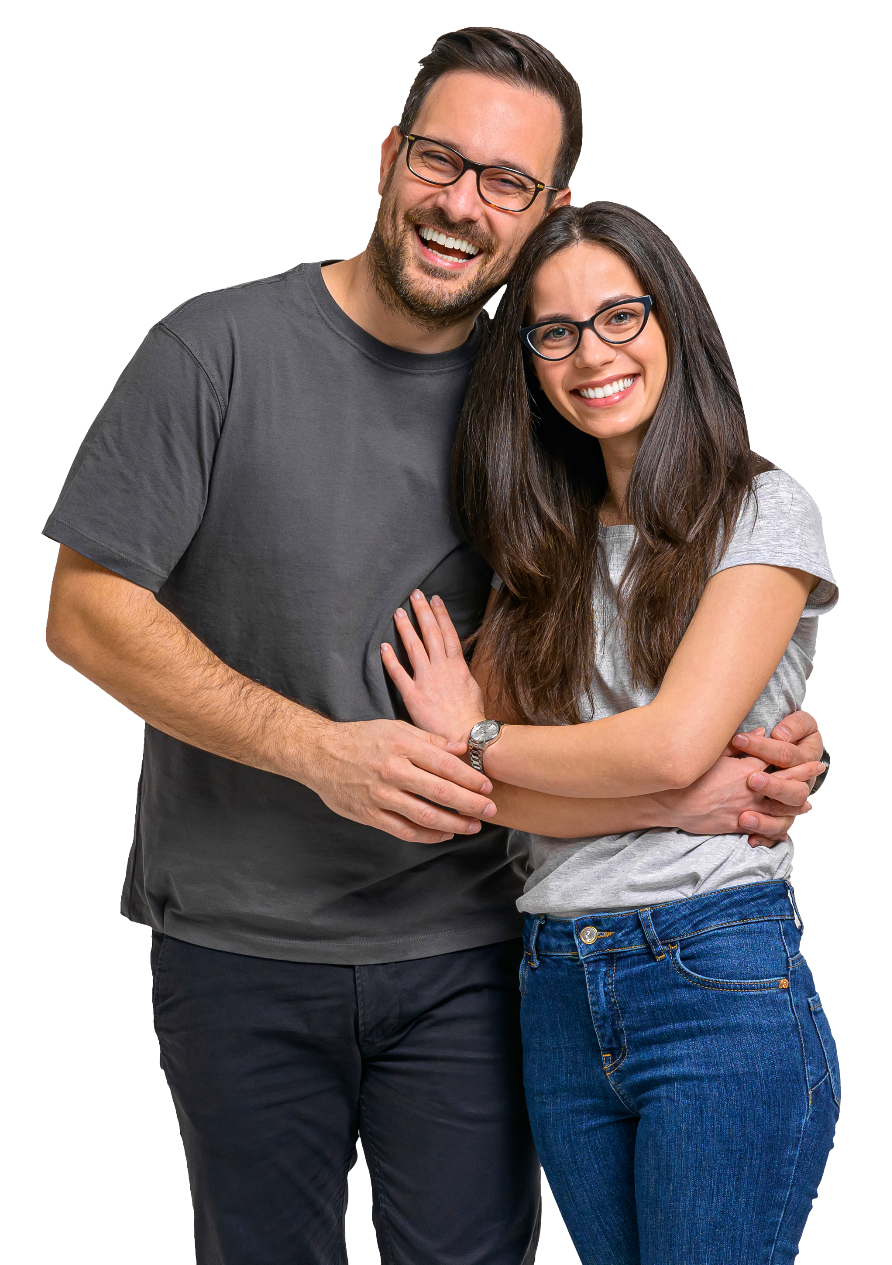.png)
We need to talk about BVD
I started my career in a busy, successful ophthalmology office. Five years ago, I went out on my own in pursuit of a low-volume, patient-centric practice where I would have the opportunity to address the more complex needs of patients in today’s complex environment.
About 75 percent of our patients have eye strain with binocular vision dysfunction (BVD), and many are symptomatic. These patients may not be taking breaks while working at their computers, their screens may be at the wrong distance and not ergonomically correct, or they may be staring at the screen without blinking. Over time, these habits can lead to eye strain, dry eye, weakening of the blink reflex, or other symptoms.
Measuring misalignment
Patients often come to their eye exams with a preconceived idea of what will happen. They are hoping for clearer vision, but may not understand how other symptoms are related to the functioning of their ocular system. Since I started using vision and lifestyle screening questionnaires, our patients provide more information, and we can ask more pointed questions. The questionnaire takes them seconds to fill out and allows us to know where to dig a little deeper.
Increasingly, patients report motion sickness, dizziness, vertigo, and fatigue, but do not believe these symptoms have anything to do with their eyes. To me, they suggest possible BVD. Patients often don’t mention headaches and neck pain, as they commonly attribute those symptoms to work posture. The questionnaire provides an efficient way to identify those symptoms and to investigate how they may be related to how their eyes are working. We can then educate our patients so that they have a clear understanding of the problem.
In addition to the questionnaire, screening devices that allow for the measurement of eye misalignment can be very important. The measurements provide information on accommodation, eye tracking, and relaxed eye posture and alignment at distance and near. Though these tests can be performed manually, a specialized device can provide objective data that more closely represent how the eyes work in the natural environment.
Using onscreen diagrams supplied by the device manufacturer, I explain three things that must happen for clear vision: the pupil constricts, the lens accommodates or focuses, and the eyes converge and point to what they want to see. I show patients that, when their eyes don’t converge properly, their focusing mechanism has to help. Unfortunately, this may not work well either, especially when their eyes are tired. Patients should understand that it’s necessary to address all three components. When we try to solve only one component, such as accommodation, we may find that another, such as convergence, gets worse. The patient diagrams provide a simple and effective explanation of what is not working and how it can be treated.
Contoured prism lenses
We often forget that some people have chronic pain due to BVD. One example is my own story. I have a 25-year history of migraines, neck pain, and dry eye. Over the years, I’ve pursued physical therapy, medication, and pain management. Two weeks after I switched to the contoured prism lens, 50 percent of my headaches were relieved. Over time, the headaches have become less frequent, and I am finally headache-free most days. This is life changing.
I had a patient who wore multifocal gas permeable lenses, and for four years she had been experiencing dizziness and symptoms that interfered with her ability to function. Two well-respected outpatient clinics were unable to diagnose the cause. We tested her and prescribed contoured prism glasses to wear over her contact lenses. She had such relief that she decided to get a second pair, and she ultimately ended up getting rid of her contact lenses, saying that she would never go without the glasses again. She has been symptom-free for over two years without a single episode.
Another patient couldn’t believe how well she could see driving at night in the rain with her contoured prism lenses. The microprism at distance is often sufficient to improve low light focusing.
My young daughter was having trouble reading for longer periods of time and in danger of falling behind in school. While reading, she fatigued quickly and lost her place at the end of a line. After switching to contoured prism lenses, she quickly caught up. As a parent, giving your child glasses that will allow them to see clearly and function well in school – you can’t put a price on that.
Treating today’s patient
An accurate and objective measuring device for binocular vision, such as the Neurolens Measurement Device, Gen 2 (NMD2, Neurolens, Coppell, TX), provides data on every patient in a way that standard screening routines cannot. We invested in the NMD2 because it allows us to address the primary complaints of today’s patients, most of whom spend a good part of every day on a computer. I consider this device one of the most valuable assets I have brought into my practice in over 20 years. It gives me a huge amount of information and lets me help people who can’t get help elsewhere. It also sets us apart as a cutting-edge practice – while paying for itself.
I have worked in both long-established and newer practices and I’ve found that practices that invest in the newest technology appeal to both younger and older patients. They also strengthen loyalty – as patients come back for their second and third pair of lenses!

Dr. Jennifer DenHartog
Jennifer DenHartog received her Doctor of Optometry from Indiana University School of Optometry and has been practicing in the greater Des Moines, Iowa, area since 2000. She is an active member of the Iowa Optometric Association and the American Optometric Association.



.png)
.png)
.png)
.png)

